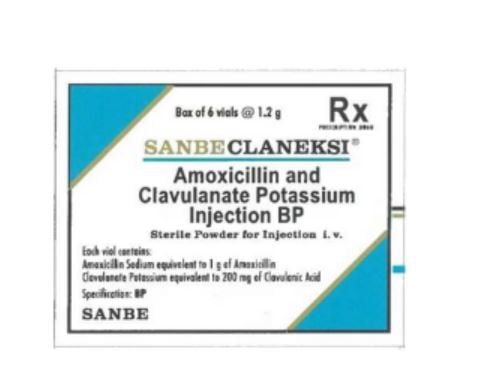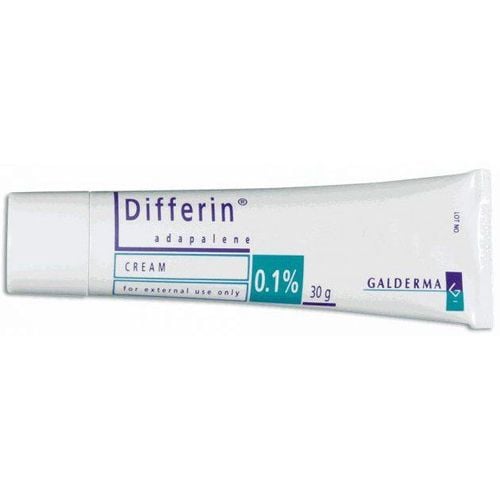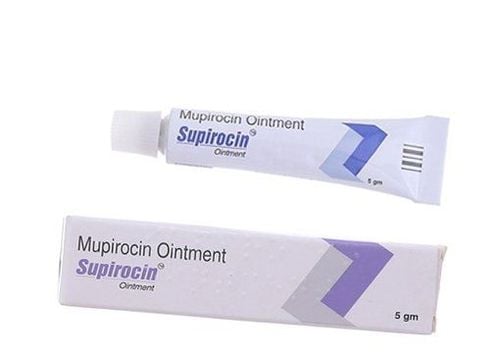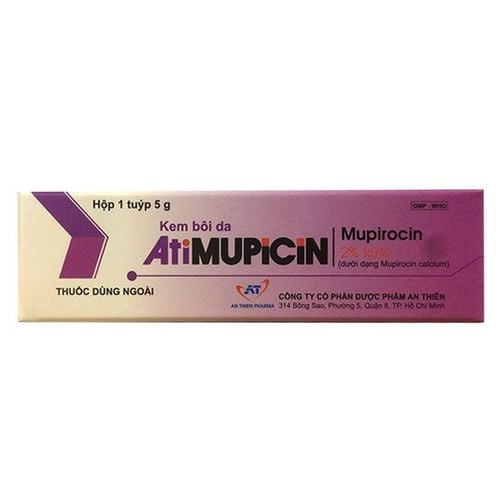This is an automatically translated article.
Panniculitis is an inflammation of the subcutaneous fat from a variety of causes. This is one of the most common dermatological diseases today.1. Cellulitis, inflammation of subcutaneous adipose tissue is what disease?
Cellulitis is a dermatological disease caused by invading bacteria causing acute bacterial infection, skin infection. This disease usually occurs in vulnerable skin areas such as the lower legs and arms, but in fact it can happen to any location where the patient has an open wound, creating conditions for bacteria to invade. enter and cause disease.Inflammation of the subcutaneous adipose tissue, known medically as Panniculitis, is a group of diseases that are difficult to diagnose when its inflammation lasts for months. Fatty tissue inflammation can be classified into several diseases because of its site of inflammation, such as lobular inflammation affecting the fat lobules or diverticulitis affecting the connective tissue surrounding fat.
Specifically, there are types of inflammation such as:
Cold tissue inflammation: Occurs when areas of the skin are directly exposed to extremely cold temperatures or can be called cold burns. Scleroderma: A disease related to veins and obesity. It usually affects people who are overweight or middle-aged women. Eczema: A common form of subcutaneous adipose tissue inflammation when it causes red lumps to appear on the patient's legs. There are many different signs of cellulitis, in which the basic signs to identify this disease can be mentioned as:
The damaged skin will be swollen, red When pressed The injured area feels not only a sharp pain, but also a feeling of warmth Fever, chills, low blood pressure Blistering or indented skin that feels rough to the touch May appear blisters. Subcutaneous adipose tissue inflammation is characterized by the appearance of red lumps under the skin and can be distributed in all extremities or may be on the back, abdomen or even on the face. Rarely, the red lump can appear in the intestines, lungs or in the skull.
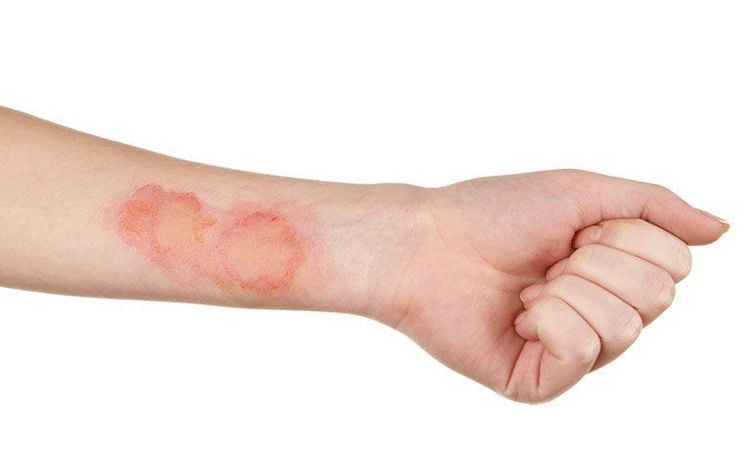
Viêm mô tế bào do vi khuẩn gây nên, gây ra tình trạng nhiễm trùng da
2. What are the main causes of subcutaneous adipose tissue inflammation?
There are many direct causes leading to subcutaneous adipose tissue inflammation:The most common is a skin infection caused by trauma causing open wounds such as fractures, scratches, cuts in the skin,... Disorders Connective tissues of cells Patients with certain inflammatory diseases such as ulcerative colitis,... Injuries caused by excessive exercise Exposure to extreme cold weather Lymphoma, leukemia, pancreatic disease .
3. What are the steps to diagnose subcutaneous adipose tissue inflammation?
After a thorough skin examination, the doctor will make a clinical diagnosis by asking the patient about the symptoms as well as the patient's medical history. To be sure, your doctor will probably take a sample of your skin for testing, called a biopsy.That tissue sample will be examined under a microscope for signs of tissue inflammation. If the patient is still uncertain, there may be more tests such as blood tests, magnetic resonance imaging or X-rays.
4. How is subcutaneous adipose tissue inflammation treated?
Currently, there is no method that can completely and completely treat subcutaneous adipose tissue disease. This inflammation of the tissue can come and go at any time, it can last for a few weeks or months and then go away, but it is quite possible that it will return in the future.Therefore, the main goal in the treatment of subcutaneous adipose tissue inflammation is to reduce inflammation and reduce the impact of symptoms on the patient. Depending on the patient's condition or location, the doctor will prescribe drugs and adjust the use of drugs. Medicines that can be used to treat fatty tissue inflammation include:
Antibiotics to treat infections such as Tetracycline Some anti-malarial drugs to reduce inflammation Anti-inflammatory drugs such as Aspirin or Ibuprofen to reduce pain and swelling and can be used to soften them Immunosuppressive drugs, chemotherapy.

Hiện nay chưa có phương pháp điều trị dứt điểm viêm mô mỡ dưới da
Subcutaneous adipose tissue inflammation is a disease that can seriously affect the patient's life if not detected early and treated promptly. When there are signs on the patient should immediately go to medical facilities for medical examination and treatment such as antibiotics or home remedies.
Please dial HOTLINE for more information or register for an appointment HERE. Download MyVinmec app to make appointments faster and to manage your bookings easily.




